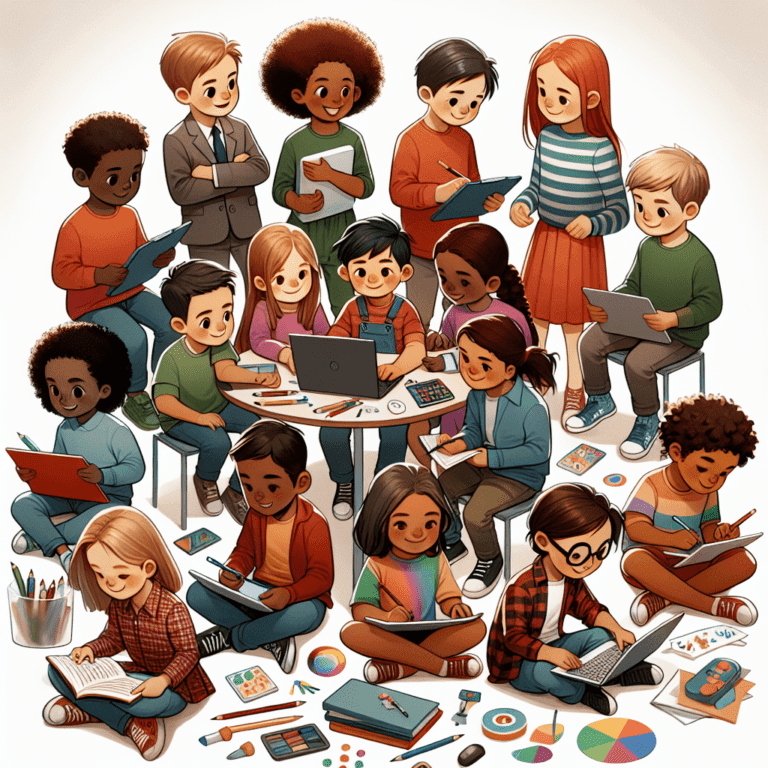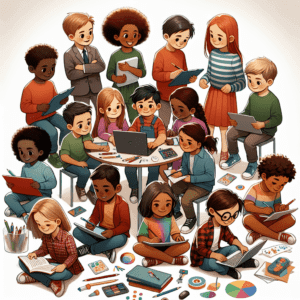Bridging the Gap: Strategies for Increasing Educational Accessibility
In today’s world, education stands as a cornerstone of personal and social development. However, significant barriers still prevent equitable access to quality education for many individuals. To create a more inclusive educational environment, various strategies can be implemented, focusing on eliminating obstacles and providing opportunities for all students, regardless of their backgrounds or circumstances.
1. Policy Reform and Legislative Action
Advocating for policy changes is essential to enhance educational accessibility. Governments should prioritize legislation that mandates inclusive practices and allocates sufficient funding for resources that support diverse learning needs. Implementing universal design principles in education can ensure that learning environments cater to a wide range of abilities and learning styles. Policymakers should engage with educators, families, and community stakeholders to develop comprehensive frameworks that promote accessibility at all levels of education.
2. Technology Integration
Advancements in technology offer innovative solutions to bridge educational gaps. By integrating assistive technologies and digital tools into the curriculum, educators can create customized learning experiences that accommodate individual needs. Online resources, such as e-learning platforms and mobile applications, can provide flexible learning opportunities that reach students in remote or underserved areas. Furthermore, training educators on the effective use of technology can enhance instructional methods and foster engagement for all learners.
3. Community Partnerships
Building strong partnerships with local organizations, businesses, and community groups can enhance educational resources and support systems. Collaborative efforts can provide additional funding, training, and mentorship programs that target marginalized communities. By working together, schools and community organizations can create enrichment activities, tutoring programs, and after-school initiatives that address specific educational challenges faced by students in disadvantaged areas.
4. Tailored Curriculum and Instruction
Developing a tailored curriculum that recognizes and incorporates the unique backgrounds and learning preferences of students is vital. Flexible teaching strategies, such as differentiated instruction, can cater to diverse learning styles while promoting inclusivity. Educators should receive training in culturally responsive teaching methods that honor and reflect the varied experiences of their students, thus fostering a sense of belonging within the classroom.
5. Mental Health and Well-Being Support
Emotional and mental health factors significantly impact a student’s ability to learn. Providing accessible mental health resources within educational settings is crucial in supporting students’ overall well-being. School counselors and mental health professionals should be readily available to address the emotional challenges that many students face. Initiatives that promote mindfulness, resilience, and social-emotional learning can further equip students with the tools necessary for academic success.
6. Financial Assistance and Scholarships
Affording education remains a significant barrier for many students. Expanding financial aid programs and scholarship opportunities can alleviate the financial burden that prevents individuals from pursuing their educational goals. A robust scholarship system that prioritizes underrepresented groups ensures that more students can access higher education and vocational training.
7. Advocacy and Awareness Campaigns
Raising awareness about the importance of educational accessibility is a powerful tool for change. Advocacy campaigns can mobilize communities to participate in discussions about barriers to education and the necessity for inclusive practices. These campaigns can also highlight success stories that demonstrate the positive outcomes of accessible education, inspiring policymakers, educators, and families to take action.
Conclusion
Increasing educational accessibility is both a moral imperative and a practical necessity. By implementing these strategies, communities can create a more equitable educational landscape that empowers all individuals to achieve their full potential. Through collaboration, innovation, and commitment to inclusivity, the vision of an accessible educational system can become a reality, benefiting not only students but society as a whole.







